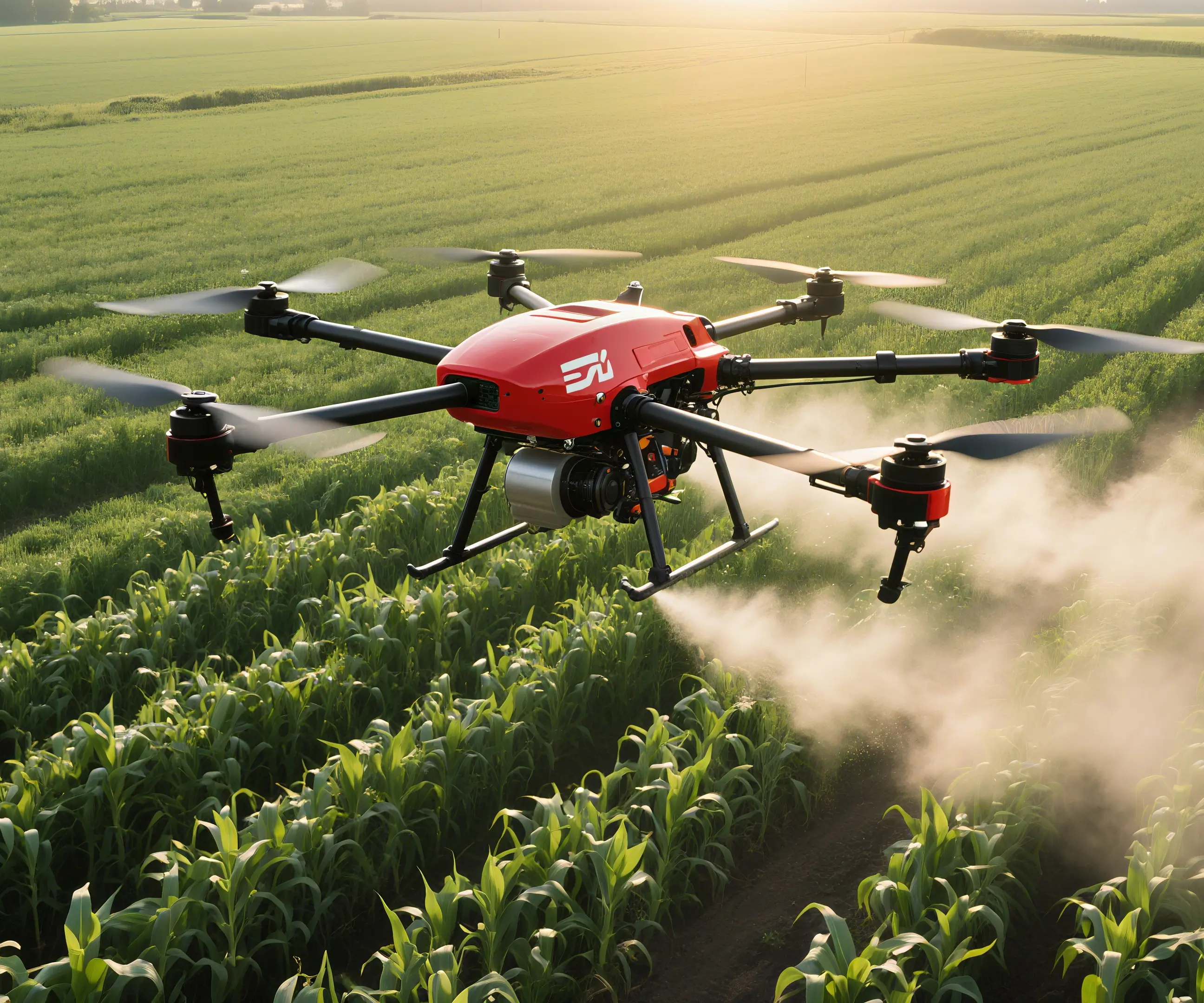Revolutionizing Sewing: The Power and Precision of Servo Motors in Modern Sewing Machines
In the dynamic world of textiles and sewing, technological advancements continually redefine what’s possible, making sewing easier, more efficient, and increasingly precise. Among these innovations, the integration of servo motors into sewing machines stands out as a game-changer. No longer just a luxury feature, servo motors are swiftly becoming the heartbeat of modern sewing equipment, offering benefits that appeal both to passionate hobbyists and professional tailors alike.

What is a Servo Motor, and Why Does it Matter in Sewing?
At its core, a servo motor is a compact, highly efficient electrical motor designed to provide precise control over rotation and speed. Unlike traditional motors that run at full power once activated, servo motors are smart; they respond proportionally to the input signal, adjusting their power output seamlessly. This attribute allows for a high degree of precision, making them perfect for applications requiring delicate control—like sewing.
In the context of a sewing machine, a servo motor replaces or supplements the conventional clutch or belt-driven motors. Instead of using mechanical parts to transfer power, it relies on electronic control systems that finely tune the motor's operation, thereby facilitating smoother, quieter, and more responsive performance.
Advantages of Using Servo Motors in Sewing Machines
Quieter Operation: One of the most appreciated features of servo motors is their near-silent operation. Traditional sewing machines, particularly older models, can produce considerable noise—distracting during long hours of sewing. Servo motors, however, run quietly because they don’t involve noisy belts or clutch systems, creating a more peaceful workspace.
Energy Efficiency: Servo motors only operate as much as necessary to maintain the desired sewing speed. This dynamic power management leads to significantly less energy consumption, making sewing more environmentally friendly and reducing electricity bills—a welcome benefit for small business owners or serious hobbyists.
Enhanced Control and Precision: With servo motors, stitch control becomes remarkably fine. Sewers can easily adjust speed, start, stop, and even change direction with high responsiveness. This level of control reduces errors, improves seam quality, and allows for intricate, detailed work that traditional motors might struggle to match.
Lower Heat Generation: Since servo motors draw power only when needed, they generate less heat during prolonged sewing sessions. This feature extends the lifespan of the motor and the machine’s components, ensuring longevity and consistent performance.
Energy Savings and Portability: Combined with their lightweight design, servo motors contribute to a more portable sewing machine setup, ideal for mobile sewing businesses or workshops with limited space.
Simplified Maintenance: With fewer moving mechanical parts involved, servo motors tend to require less maintenance. This can translate into fewer repairs and lower long-term operating costs.
How Servo Motors Are Changing the Sewing Experience
As sewing projects become more complex and customized, the need for better machine control has grown. The ability to start sewing slowly, accelerate smoothly, and stop precisely is a huge advantage, particularly in fine embroidery, quilting, and intricate garment construction.
Professionals appreciate how servo motors enable seamless stitch adjustments, which can be crucial when working with delicate fabrics or performing detailed embroidery. Hobbyists, on the other hand, enjoy the quiet operation, which makes sewing in shared living spaces more comfortable.
Furthermore, the energy efficiency of servo motors aligns with the broader movement towards sustainable manufacturing and environmentally conscious craft. By consuming less power during operation, these motors contribute to a greener workspace, an increasingly important consideration in today’s world.
Integration with Modern Sewing Machines
Many new sewing machines now come equipped with servo motors as standard or as a configurable upgrade. These machines often feature electronic controls that connect directly to the servo motor, providing intuitive user interfaces—touchscreens, speed sliders, and programmable stitch options.
For those existing sewing machines still powered by traditional motors, retrofit options are available, allowing sewers to upgrade their equipment without purchasing entirely new units. This versatility makes servo motors a compelling choice for anyone looking to enhance their sewing experience.
The Future of Sewing Machines: More Control, Less Noise, Greater Efficiency
As technology advances, the role of servo motors in sewing machines is expected to expand. Researchers and manufacturers are continually improving the integration of servo systems, focusing on making them more affordable, more compact, and easier to install.
Imagine sewing machines that automatically adjust their stitching in real-time based on fabric type or project complexity. Or look forward to wireless connectivity enabling remote control and diagnostics—features made possible by the precise electronic control systems of servo motors.
In conclusion, servo motors stand at the forefront of sewing innovation, bridging the gap between traditional craftsmanship and modern technology. They promise a quieter, more energy-efficient, and highly controllable sewing experience, transforming the way we craft, create, and bring ideas to life through fabric.
Established in 2005, Kpower has been dedicated to a professional compact motion unit manufacturer, headquartered in Dongguan, Guangdong Province, China.




































